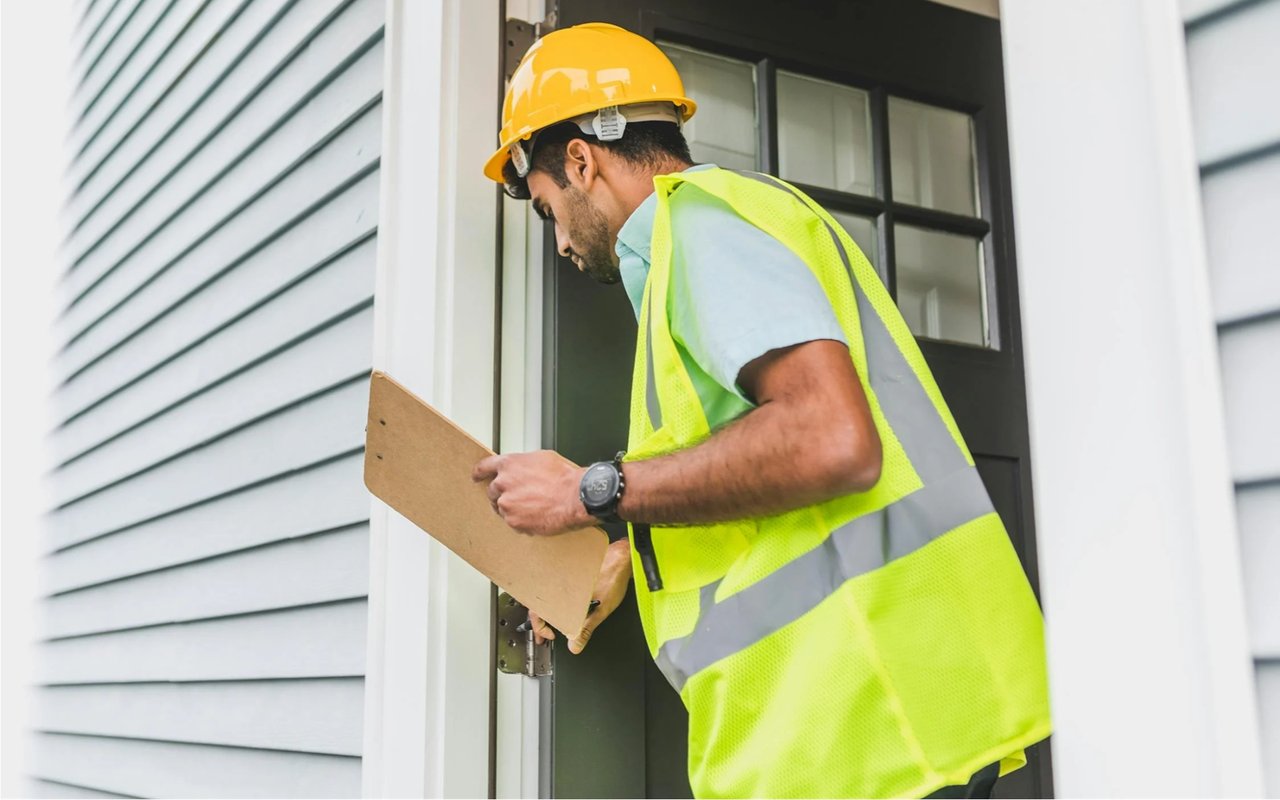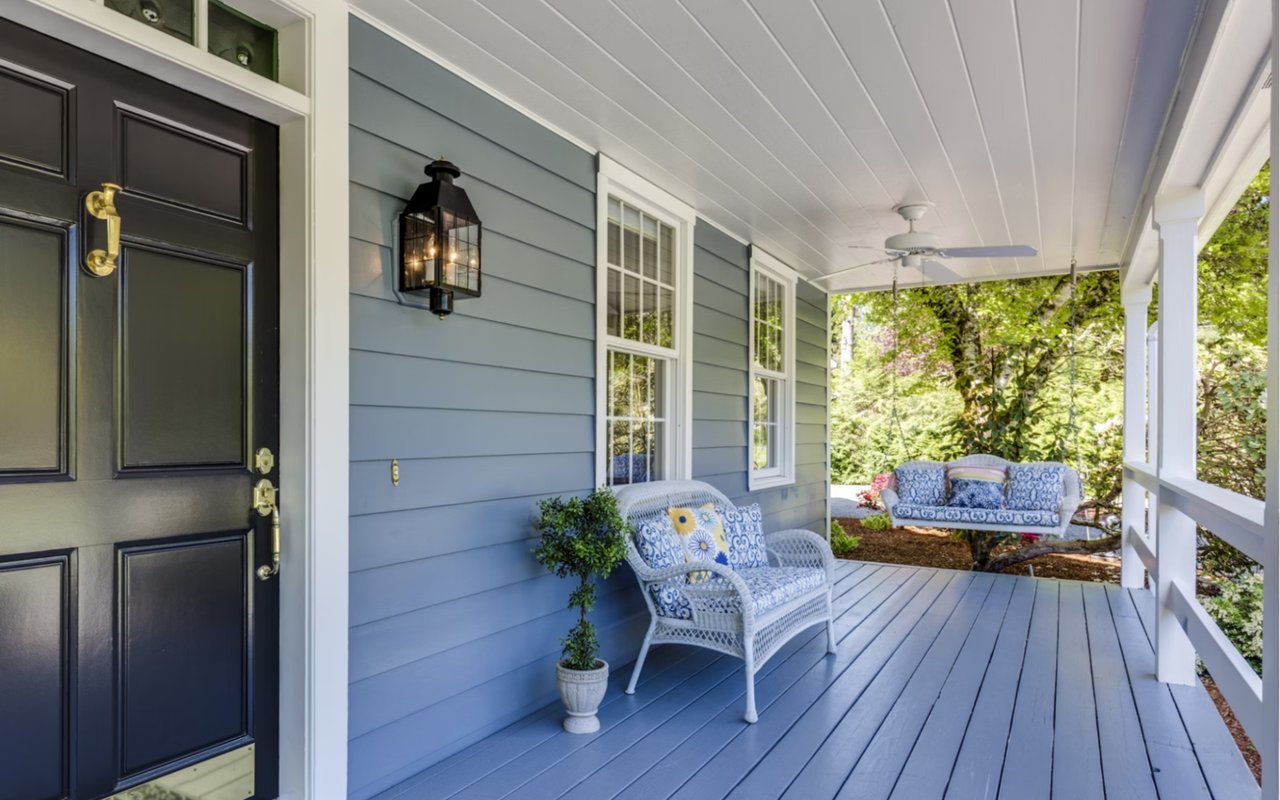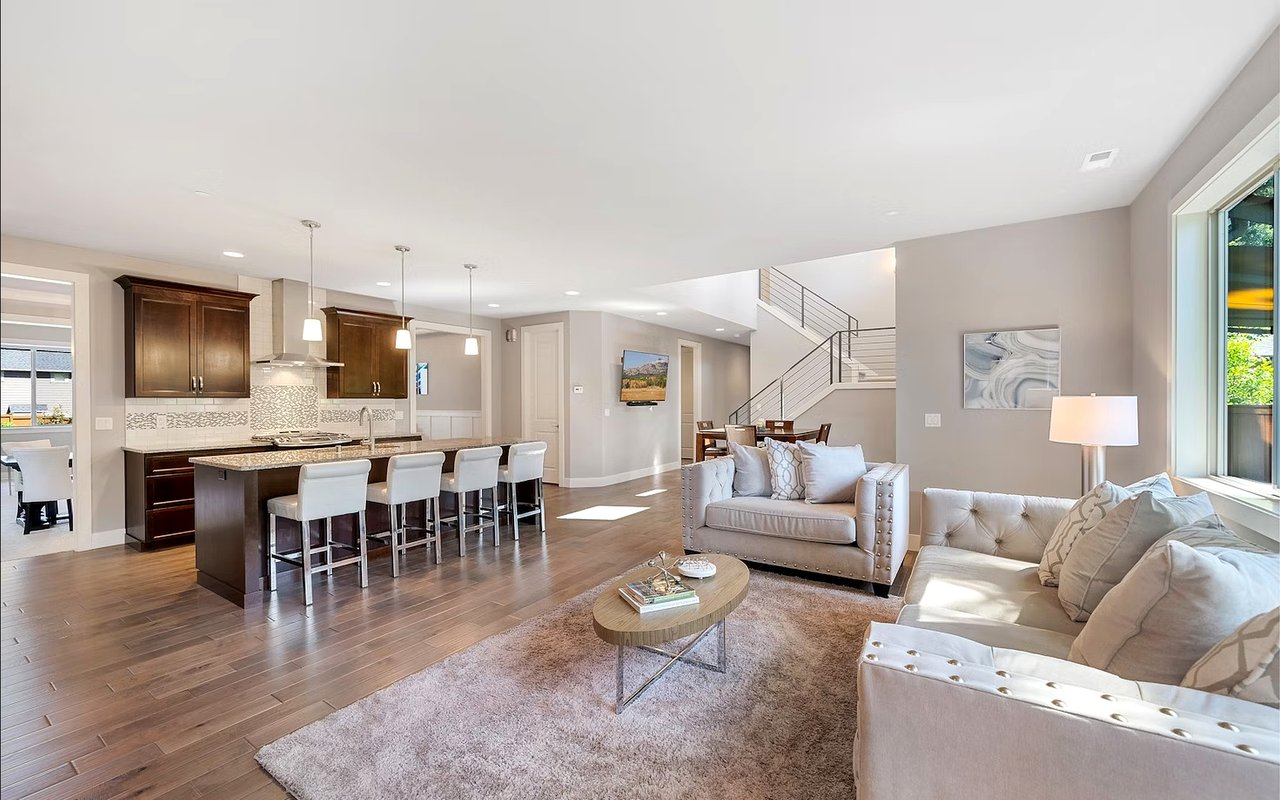Purchasing a luxury home on Richland Chambers Lake is an exciting opportunity to own a property that offers both comfort and access to one of North Texas’s most scenic bodies of water. But before closing on your investment, a comprehensive home inspection is essential—especially when buying in a lakefront setting where unique conditions can affect both the structure and systems of the home.
From water quality testing to dock integrity, luxury lake homes demand a higher level of diligence than standard residential properties. This guide walks you through every step of the inspection process and highlights what buyers need to know to protect their investment and ensure a smooth closing.
Why a Full Inspection Is Critical for Lakefront Luxury Homes
Luxury homes often include more features, square footage, and custom elements than traditional homes. Add in lake proximity, and the potential for wear or environmental impact increases.
In areas like Richland Chambers Lake, inspections should address more than just the basics. You’ll want clear assessments of waterfront structures, land grading, utility infrastructure, and environmental conditions—especially when properties sit on large lots with well and septic systems.
Without a detailed inspection, buyers risk overlooking costly repairs or legal limitations related to shoreline use, outbuildings, or utilities.
Key Components of a Richland Chambers Luxury Home Inspection
While every property is different, several core areas should be evaluated in all luxury home inspections near the lake:
Structural integrity of the home
This includes the foundation, roof, framing, and windows. Waterfront homes are sometimes subject to shifting soils or wind exposure that can accelerate wear. Homes with multiple levels or extensive decks should be evaluated for sagging, warping, or signs of water damage.
Septic system functionality
Many properties on Richland Chambers Lake rely on individual septic systems. A licensed inspector should perform a flow test, review past maintenance records, and check the location for proper distance from the shoreline and water wells.
Well water and supply systems
If the property uses a private well, test the water quality for contaminants, pressure consistency, and flow rate. Inspectors should check pumps, pressure tanks, and lines for wear or outdated components.
Dock, boat lift, and shoreline stability
Luxury lake homes often include private docks and boat lifts. A marine contractor or qualified inspector should assess the dock structure, electrical components, anchoring systems, and any erosion around the shoreline. Repairs or replacements in these areas can be significant in cost and are often overlooked in general home inspections.
HVAC and mechanical systems
Larger homes often have multiple HVAC zones or climate control systems. Ensure that all are inspected individually, including thermostats, ductwork, and insulation. For homes with heated flooring or custom ventilation, make sure specialty systems are reviewed.
Additional Considerations for Waterfront Luxury Properties
Beyond the standard systems and structure, lakefront luxury homes may include other high-value features that warrant a close look:
- Swimming pools, spas, or outdoor kitchens
- Smart home automation systems
- Backup generators or solar arrays
- Security systems and gates
- Detached garages or guest quarters
These amenities should be inspected by professionals with experience in each category, not just general contractors. Buyers should confirm that all structures and systems are up to code, functioning properly, and covered under any existing warranties.
Permits, Easements, and Property Boundaries
In lake communities, boundaries and legal access can be complex. Richland Chambers Lake properties sometimes include easements for shoreline maintenance or shared access paths for docks and ramps. Buyers should confirm:
- Whether all structures are located within property lines
- If the dock or boat lift is permitted by the appropriate authority
- Whether shared driveways or roads have formal maintenance agreements
Having a land survey completed as part of the inspection process can help avoid future disputes and confirm that the acreage and shoreline access you’re buying match the listing.
Timing and Who Pays for What
Most inspections occur during the option period or contract contingency window. In Texas, buyers typically pay for inspections unless negotiated otherwise. This gives you the right to walk away, renegotiate, or request repairs before closing.
Buyers of luxury homes on Richland Chambers Lake often schedule multiple inspections: general home, well and septic, marine structures, HVAC, and sometimes pool or specialty inspections. Coordinating these together saves time and provides a comprehensive picture of the home’s condition.
How Inspection Results Can Affect the Sale
A thorough inspection provides leverage. If the report uncovers significant issues—like septic failure, structural damage, or dock safety hazards—you may be able to negotiate a price reduction or request that repairs be made before closing.
In a competitive market, sellers of well-maintained homes often use inspection reports proactively, completing repairs ahead of time or offering inspection summaries to demonstrate transparency.
For buyers, understanding the full scope of a home’s condition before finalizing the purchase is crucial. Even luxury properties that appear move-in ready can have hidden issues that only a qualified inspector will reveal.
Contact The Teel Team
The Teel Team offers expert guidance for buyers of luxury homes around Richland Chambers Lake. With deep experience in the lake’s unique housing market, they connect clients to reliable inspectors, marine contractors, and well and septic specialists who understand the complexities of waterfront living. Whether you're buying a custom home with a dock or a large estate with acreage and guest quarters, The Teel Team helps you navigate inspections, reviews, and negotiations with clarity. Reach out today to get started with a trusted local partner who puts your investment first.




